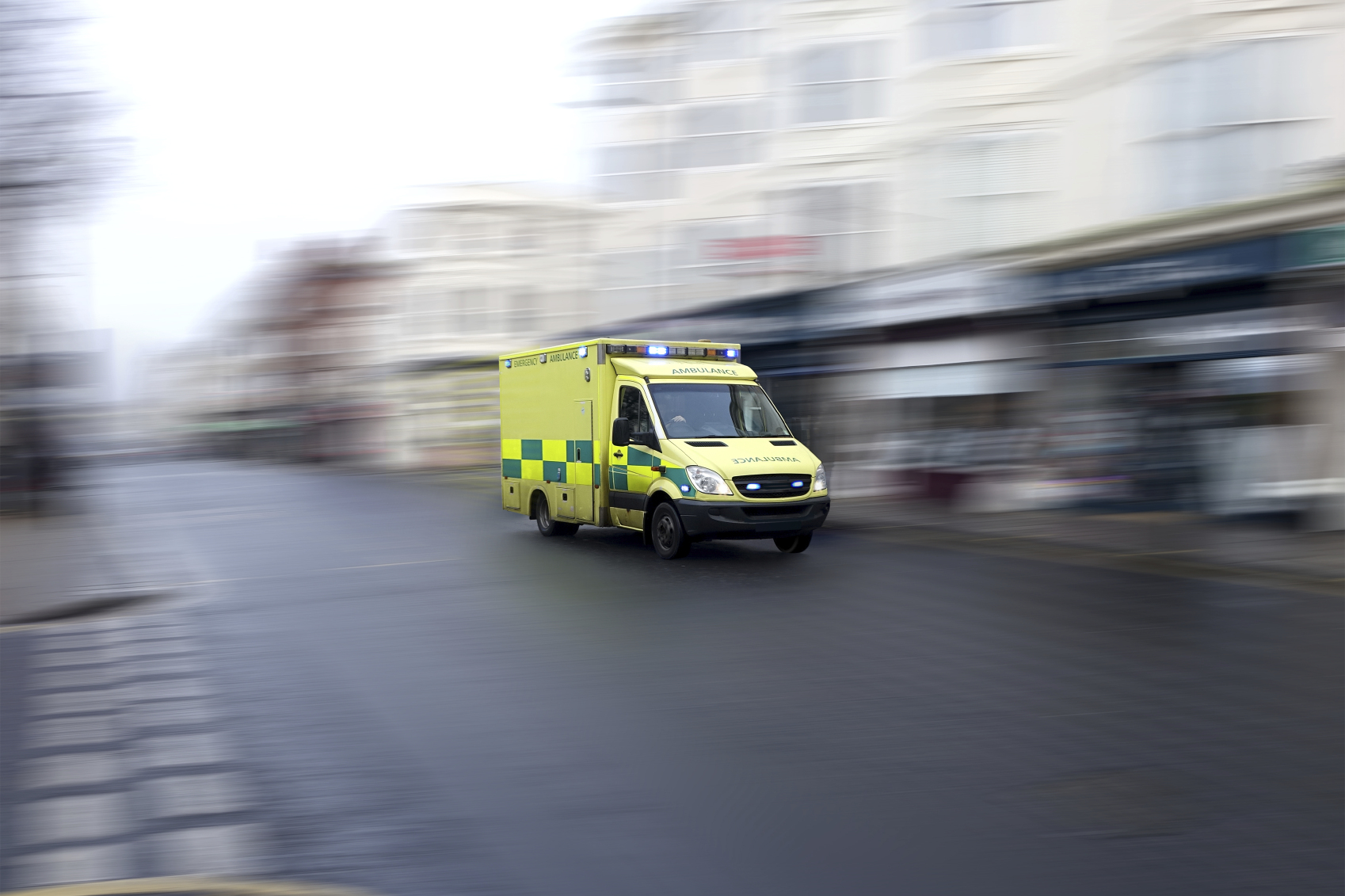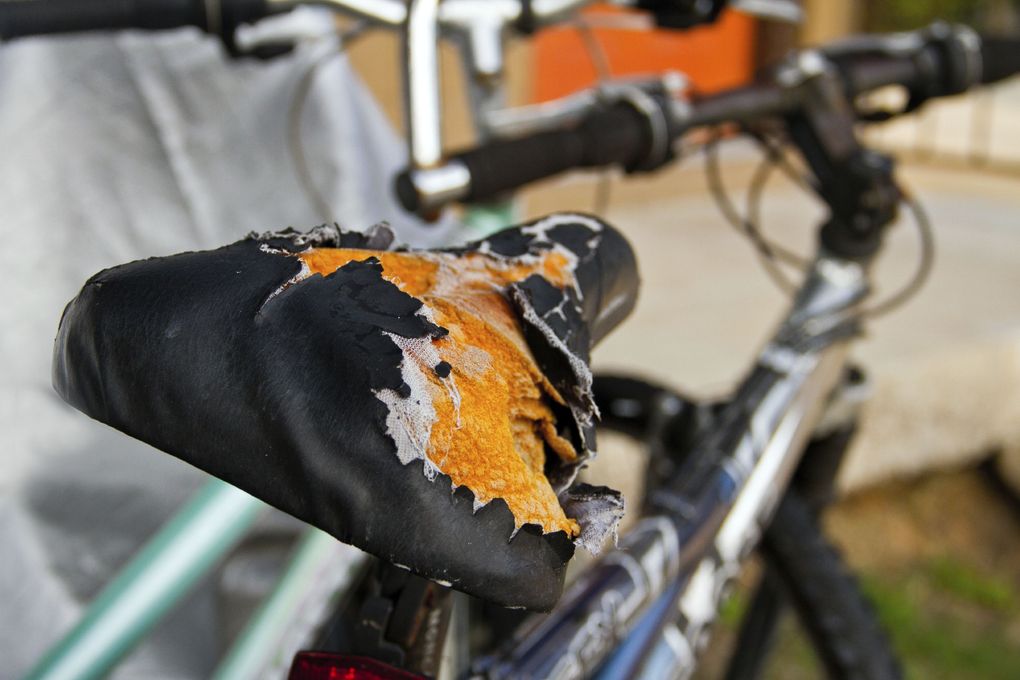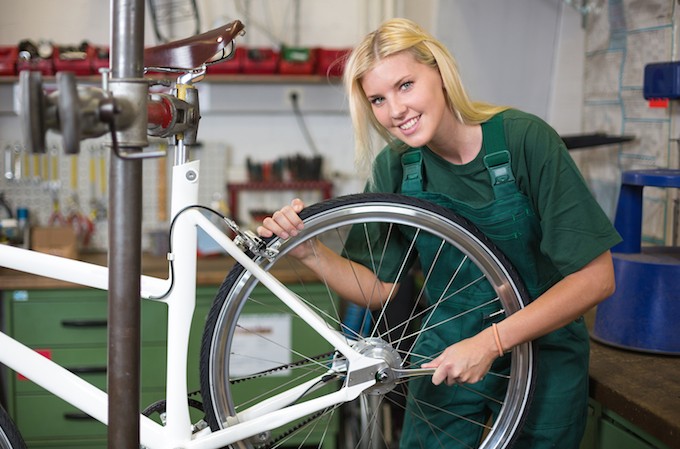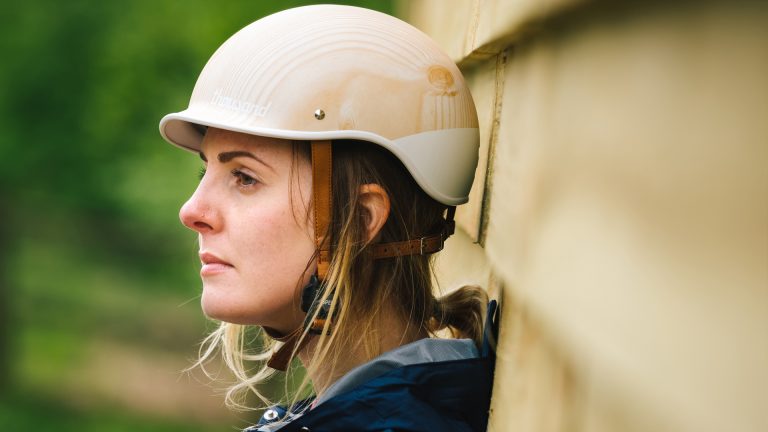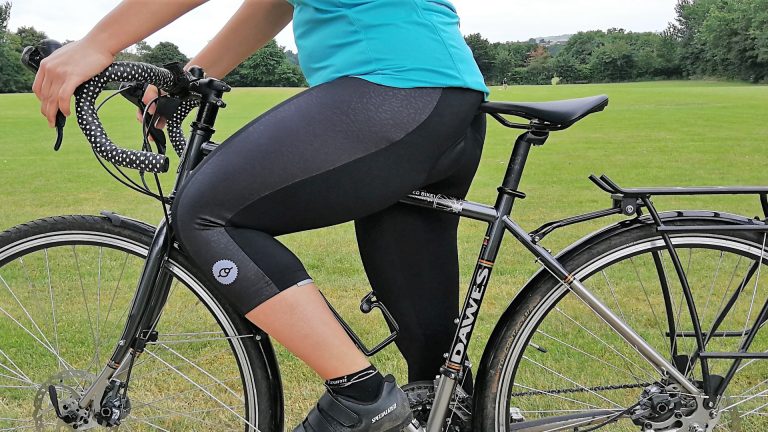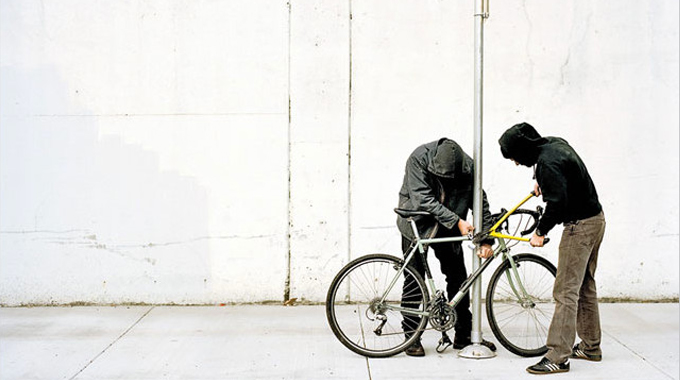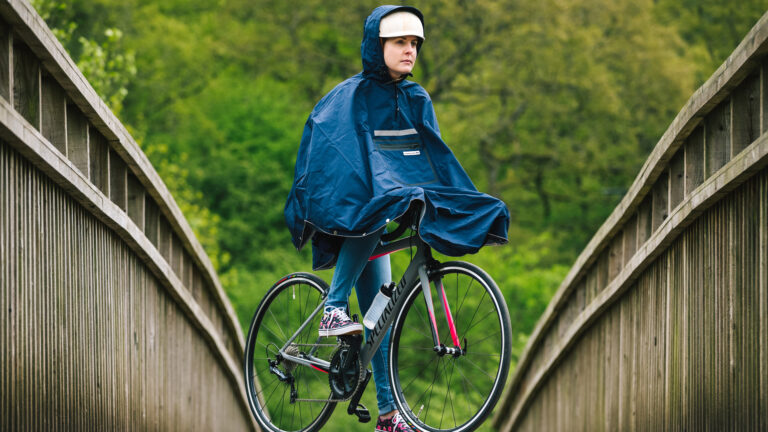We don’t like to dwell on accidents, but unfortunately though they’re rarer than some mainstream media would have you believe, they do happen. We hope every mile you ride will be enjoyed in absolute safety, but it’s best to be prepared in case you are involved in a collision in the future.
It is amazing how clear headed you can be after an accident, provided you’ve not been injured enough to lose consciousness. When I was unfortunate enough to be hit side on by a car turning across my path, it was the driver who was most emotionally affected at the time, opting to put on quite a show of remorse with tears and promises to pay for all damage personally. A week or so on she was more keen to have her insurance company deal with the consequences.
Thankfully, my bike was duly repaired as I had all the details required to take the relevant action. This situation isn’t uncommon – the third party involved often reacts with an immediate apology, only to later question fault when it comes to making a financial sacrifice.
Here’s a look at some of the actions you should take following an accident. Of course, if you’re badly injured, the number one concern is your health, but an ambulance will be called and the police should be able to do most of this ground work for you.
Straight after the accident
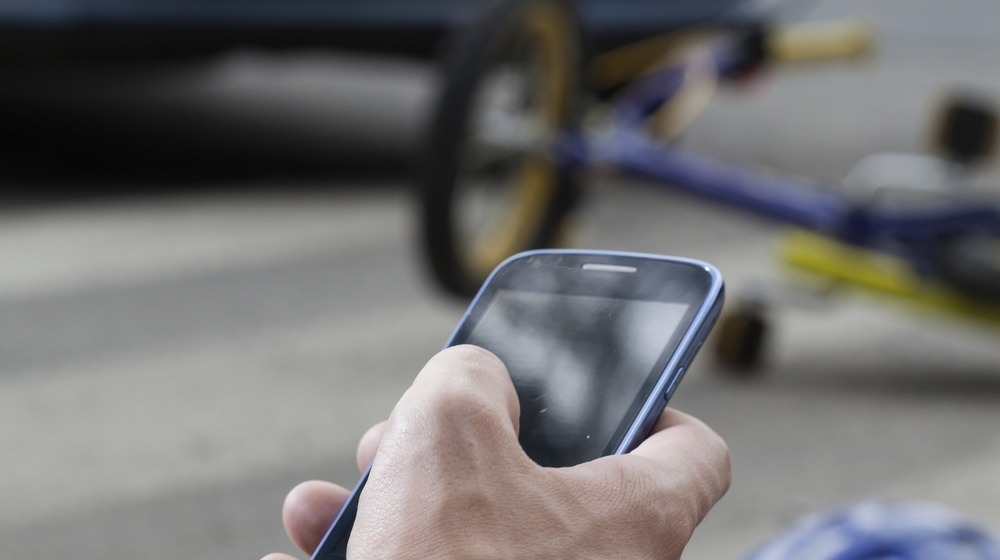
Be careful before moving. Adrenaline will be coursing through your system and you may not be fully aware of any damage done. If you feel you may have hit your head or damaged your neck or back, ask someone to call an ambulance – they might have done so already, in which case just sit tight.
How to: Essential First Aid for Cyclists
If you’re ok to move, then move yourself off the road. Take a photo of the scene – the vehicle if there was one involved, your bike, and any relevant road furniture before moving your bike or any other items.
An accident between a cyclist and a driver, or indeed a cyclist and a pedestrian, is classed as a Road Traffic Accident. It’s best to deal with police statements required at the time rather than try to make a statement later when all the evidence has been cleared away and everyone has had time to practice their party line. Call the police so you can give a statement there and then. Ask two or three people at the scene to stay to give a statement, or get their contact details so they can be consulted at a later date.
Try to keep emotion out of the conversation if you speak to the other person involved. You need their full name, address, phone number, email address, driver’s license number and registration as well as the name of their insurer if they were driving. If they were at fault they might seem to be accept blame at the time, but you don’t know how they’ll react once they’ve spoken to their own friends or family or had time to appreciate the financial cost of replacing a nice bike. It’s best just to take the basic details and deal with authorities.

